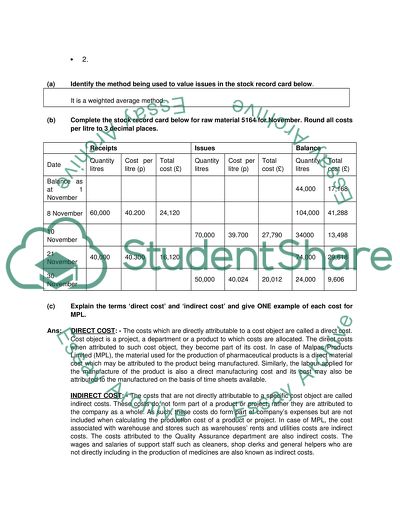Cite this document
(“Management Accounting: Costing and Budgeting Essay - 1”, n.d.)
Management Accounting: Costing and Budgeting Essay - 1. Retrieved from https://studentshare.org/finance-accounting/1497963-management-accounting-costing-and-budgeting
Management Accounting: Costing and Budgeting Essay - 1. Retrieved from https://studentshare.org/finance-accounting/1497963-management-accounting-costing-and-budgeting
(Management Accounting: Costing and Budgeting Essay - 1)
Management Accounting: Costing and Budgeting Essay - 1. https://studentshare.org/finance-accounting/1497963-management-accounting-costing-and-budgeting.
Management Accounting: Costing and Budgeting Essay - 1. https://studentshare.org/finance-accounting/1497963-management-accounting-costing-and-budgeting.
“Management Accounting: Costing and Budgeting Essay - 1”, n.d. https://studentshare.org/finance-accounting/1497963-management-accounting-costing-and-budgeting.


